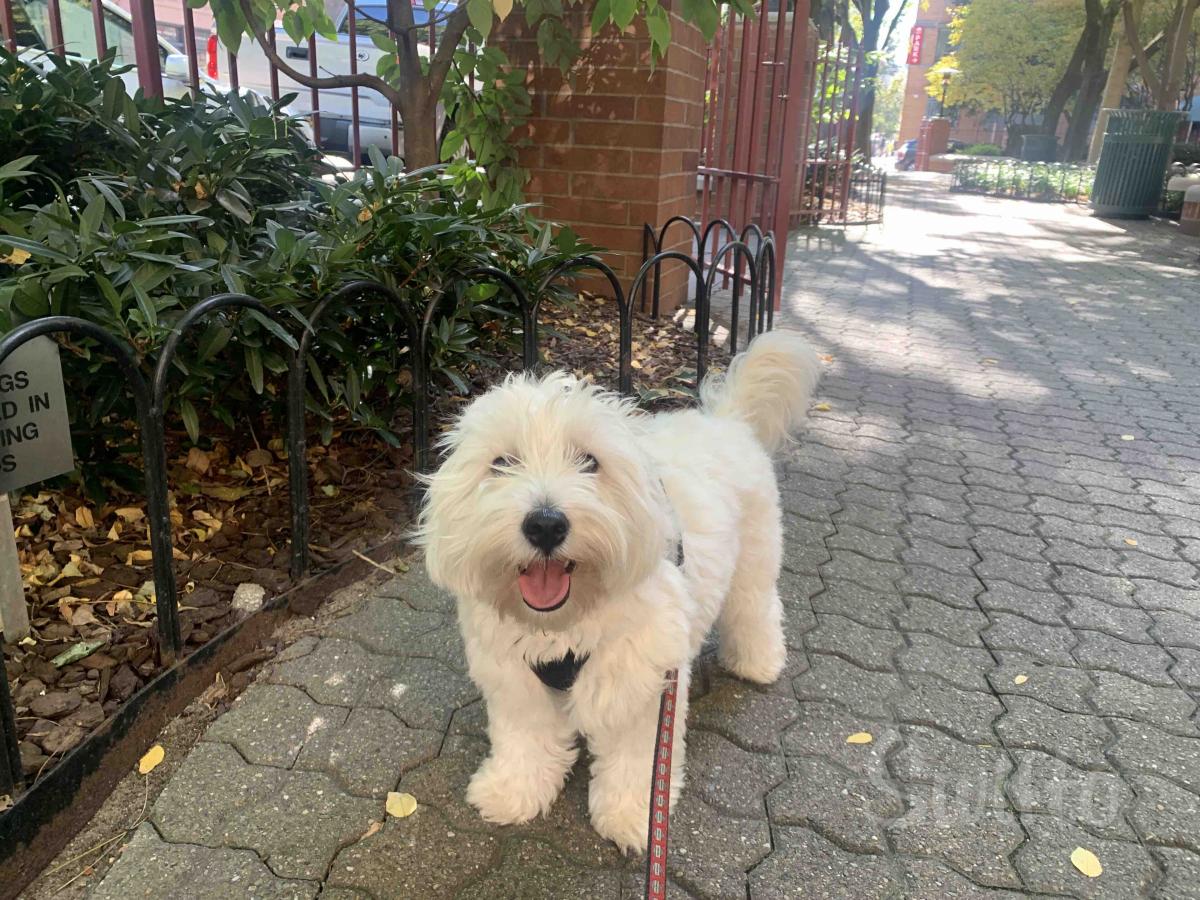
When walking a dog, there are likely several goals: for the dog to have a potty break, to tire the dog out, to spend time outdoors, and more. Whether or not the walk goes well and meets all of these goals can be very dependent on what is encountered on the walk and how both the walker and the dog respond to those encounters. However, there are several things a dog walker can look out for, pay attention to, and prepare for to help set both them and the dog up to have a successful walk that ends with a tired and happy dog.
The first thing a dog walker can do to help potentially prevent or minimize triggers on a walk is to use each walk as an opportunity to build trust and connection between them and the dog by building a solid “focus” or “look at me” name recognition cue. If the dog is allowed treats, bring them on the walk and whenever something that could potentially be a stressor for the dog appears at a distance, say the dog’s name, and when they turn to look towards you (even just a little bit), reinforce the dog with a treat. If they are not allowed treats, offer verbal praise, pets, or another form of reinforcement (like a toy or stick). This will help build a strong, positive connection between the dog walker and the dog so that when stressors/triggers do appear, you can more easily redirect the dog’s focus back onto you. This will make it easier to break their focus on the stressor momentarily to safely and quickly remove them from the trigger.
There are also several body language signs that a dog walker can watch for to see if the dog is starting to become stressed or over-stimulated. When a dog is over-stimulated and stressed, they are more likely to respond with negative behavior (biting at the leash, biting clothing, barking, etc) or even aggression. Different things can cause higher levels of stress in each dog. Some dogs are very reactive to seeing other dogs, some are more reactive to loud noises, and some react strongly to seeing specific people (the mailman, for example). That’s why paying attention to body language is so key in these moments as the goal is to keep both the dog as happy and low-stress as possible.
Some physical signs of increased stress in dogs are:
- increased heart rate
- dilated pupils
- tense body posture or stiffness
- forward body and ears
- panting
- pacing
- spinning in circles
- high tail
- hackles up
- lunging

If you see any of these signs, pay attention to what is happening around you that may be causing this over-stimulation, whether it’s another dog in the distance, a construction truck making loud noises, a group of children playing at the playground, a squirrel on a nearby tree, or a car horn.
Once you’ve identified the stressor, the easiest way to lower the dog’s stress level is to increase the distance between the dog and the trigger. While staying calm, turn and excitedly jog in the opposite direction of the stressor to give the dog something else to focus on and use the “focus”/”look at me” name recognition cue mentioned earlier. Then, in the future, keep a close eye out for that trigger and try to route your walk to avoid that stressor as much as possible. For example, if a dog is triggered by seeing a specific dog in the neighborhood, try to reroute the walk to avoid passing by that area.
Working to learn and recognize each dog’s specific triggers and stressors when out on walks can help make the experience better for both the dog and their walker. When a dog becomes over-stimulated, staying calm and increasing the distance between the dog and the stressor are both key to helping to lower the dog’s stress level and bring them back to a happy, calm state. Building up a solid “focus” cue and working to avoid that dog’s specific triggers when possible will also help to prevent over-stimulation in the first place. If you pay close attention to the signs the dog is giving you, stay calm, and have patience, dog walks can be an amazing opportunity to connect and bond with your furry companion while allowing them the chance to explore their world in a safe way.


